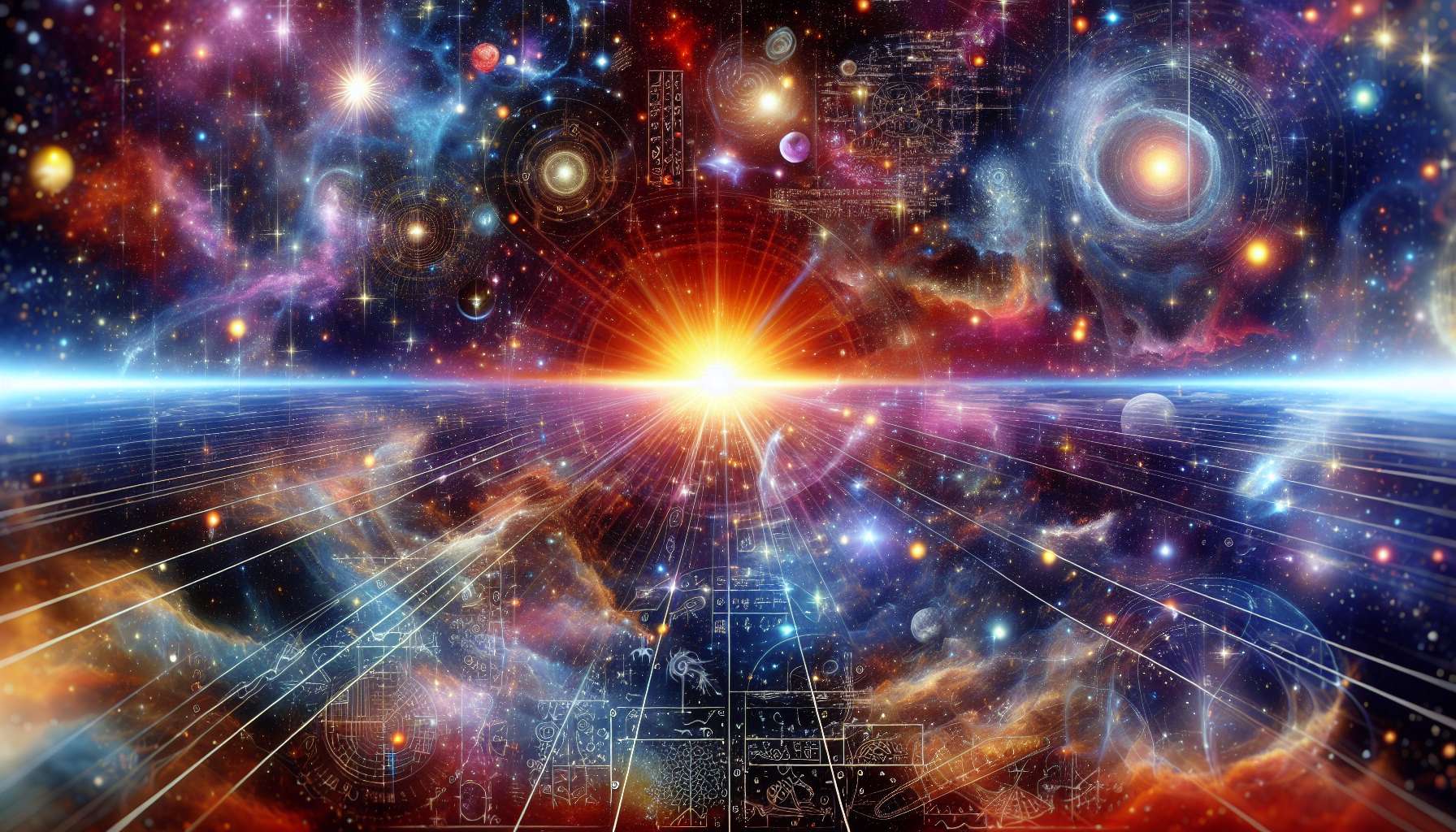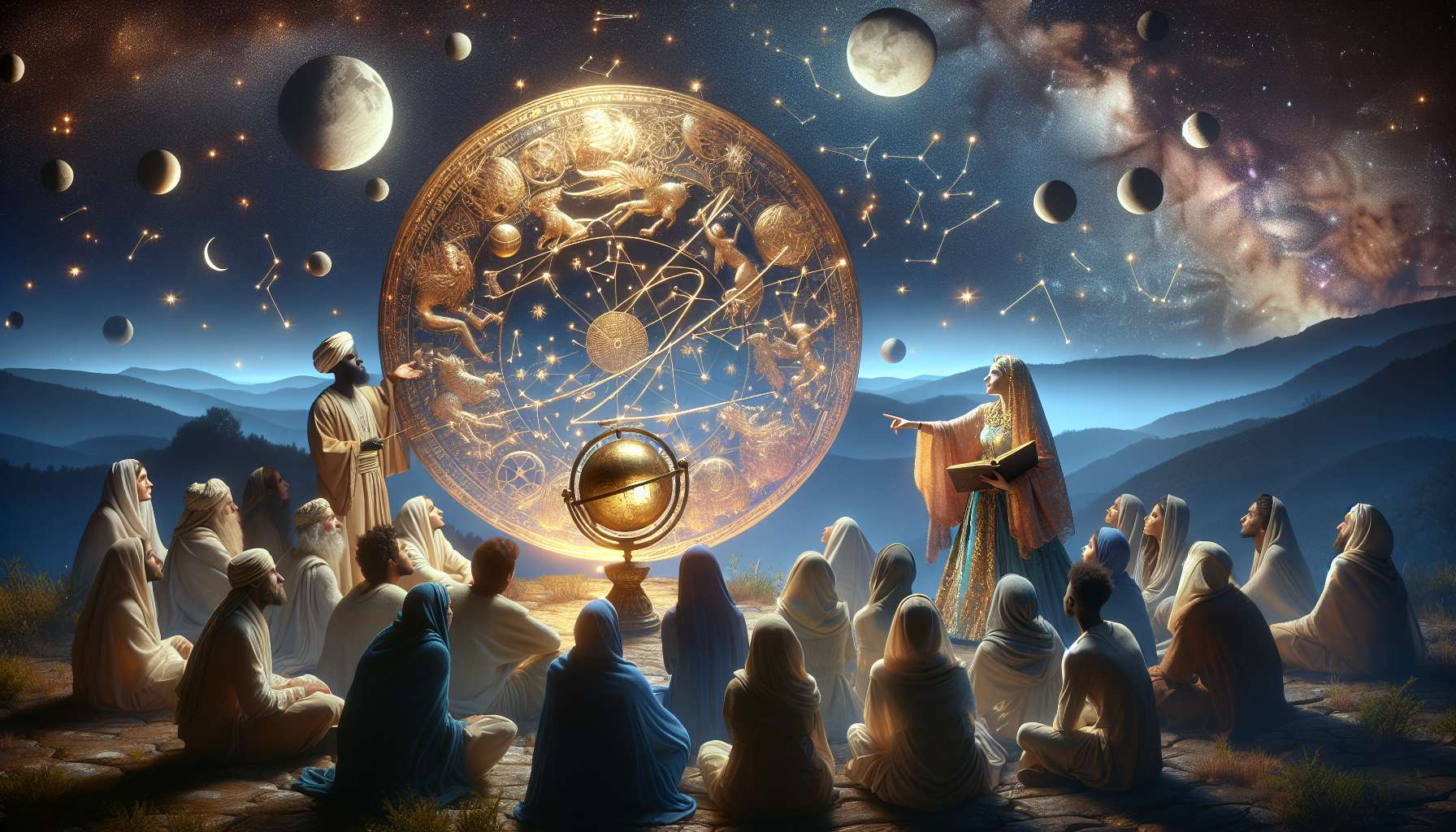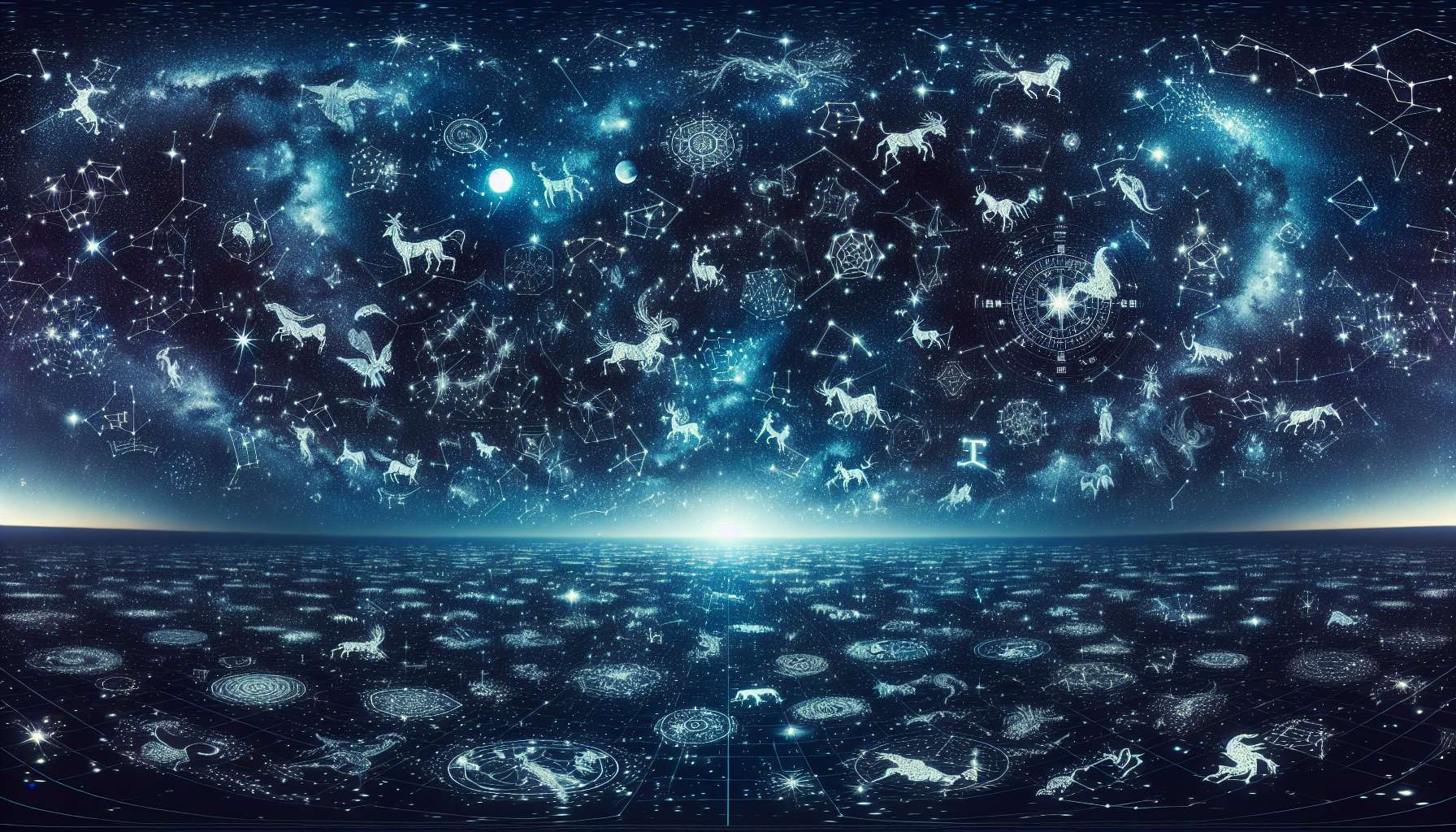Exploring Stellar Symbolism: Unveiling the Secrets of the Cosmos
Have you ever gazed up at the night sky, mesmerized by the twinkling stars that seem to hold the secrets of the universe? The study of stellar symbolism delves deep into the mystical meanings and cultural significance we have attributed to celestial bodies throughout history. From ancient myths and folklore to modern astronomical discoveries, the stars have captured our imagination and inspired awe and wonder. Join us on a journey through the cosmos as we unravel the hidden meanings behind the stars in this exploration of stellar symbolism.
The Mystical Origins of Stellar Symbolism
Since the dawn of civilization, humans have looked to the stars for guidance, inspiration, and spiritual connection. In ancient cultures around the world, stars were often seen as celestial messengers, symbols of divinity, and sources of cosmic energy. The Egyptians, for example, associated certain stars with their deities, believing that they held the power to influence human affairs. In Mesopotamia, the Babylonians mapped the movements of the stars to create the first astrological system, linking celestial events to earthly events and individual destinies.
Throughout history, various civilizations have developed intricate systems of stellar symbolism, assigning meanings and qualities to different stars and constellations. The Greeks, for instance, named constellations after mythological figures and used them to tell stories of gods and heroes. The Chinese also have a rich tradition of stellar symbolism, with the zodiac signs based on the positions of the stars and their influence on human personality traits. These ancient beliefs and practices continue to shape our understanding of the stars and their symbolic significance today.

The Symbolic Language of the Stars
Stellar symbolism is a complex and multifaceted language that conveys meaning through the arrangement, brightness, and movements of stars and constellations. In astrology, the study of how the positions of celestial bodies influence human life, each star sign is associated with specific traits, characteristics, and destinies. For example, those born under the sign of Leo are said to be bold, confident, and courageous, reflecting the qualities of the lion, the symbol of their zodiac sign.
Similarly, in astronomy, the scientific study of celestial objects and phenomena, stars are classified based on their spectral characteristics, luminosity, and temperature. The classification system developed by astronomer Annie Jump Cannon, known as the Harvard Classification Scheme, categorizes stars into different types (O, B, A, F, G, K, M) based on their spectral lines. This system has helped astronomers better understand the evolution and behavior of stars, shedding light on their symbolic significance in the cosmos.
The Cultural Influence of Stellar Symbolism
Stellar symbolism has played a significant role in shaping cultural beliefs, traditions, and practices around the world. In many Indigenous cultures, the stars are revered as ancestral spirits or celestial beings that guide and protect the community. For example, the Dogon people of Mali have a deep cosmological understanding of the stars, believing that their knowledge of Sirius, the brightest star in the sky, was passed down to them by extraterrestrial beings.
In Western culture, stars are often associated with hope, guidance, and inspiration, symbolizing our aspirations and dreams. The concept of “wishing upon a star” is a common motif in literature, art, and folklore, reflecting our desire for guidance and luck in achieving our goals. Stars are also used as symbols of achievement and recognition, with phrases like “reaching for the stars” signifying ambitious goals and high expectations.

The Modern Interpretation of Stellar Symbolism
In the modern world, stellar symbolism continues to captivate our imagination and influence our cultural practices. With the advent of space exploration and technology, we have gained a deeper understanding of the stars and their role in the universe. Scientists have discovered new planets, galaxies, and phenomena that challenge our perceptions of the cosmos and inspire awe and wonder.
At the same time, interest in astrology and spiritual practices has seen a resurgence in recent years, with many people turning to the stars for guidance, insight, and meaning. Horoscopes, tarot readings, and other divination practices are popular ways to explore the mystical aspects of stellar symbolism and gain a deeper understanding of ourselves and the world around us.
The Controversies and Debates Surrounding Stellar Symbolism
Despite its enduring popularity, stellar symbolism has also faced criticism and skepticism from skeptics and scientists who view it as pseudoscience or superstition. Critics argue that astrology and other divination practices lack empirical evidence and rely on vague or subjective interpretations of celestial events. They also point to the lack of scientific consensus on the influence of the stars on human behavior and events.
However, proponents of stellar symbolism argue that the symbolic meanings we attribute to the stars are not meant to be taken literally but rather as metaphors for deeper psychological or spiritual truths. They believe that astrology, for example, can offer valuable insights into personality traits, relationships, and life experiences, providing a framework for self-reflection and personal growth.
Expert Opinions
Renowned astrologer Susan Miller believes that stellar symbolism has the power to guide us in our daily lives and help us navigate the challenges and opportunities that come our way. She emphasizes the importance of understanding the symbolic language of the stars and using it as a tool for self-awareness and personal development.
Astronomer Neil deGrasse Tyson, on the other hand, is more skeptical of the influence of stellar symbolism on human affairs, stating that the positions of the stars and planets have no impact on our lives. He argues that astrology is a pseudoscience that lacks empirical evidence and should not be taken seriously as a predictive tool.
Common Misconceptions
One common misconception about stellar symbolism is that astrology and astronomy are the same thing. While both fields study celestial bodies, astrology is a belief system that assigns meaning and significance to the positions of the stars, while astronomy is a scientific discipline that seeks to understand the physical properties and behavior of celestial objects.
Another misconception is that the stars have a direct influence on our daily lives and destinies. While many people believe in the power of the stars to guide and inspire us, scientific evidence does not support the idea that celestial events have a causal effect on human behavior or events.
FAQs
Q: Can the position of the stars and planets influence my personality and destiny?
A: While many people believe in the power of astrology to provide insight into personality traits and life events, scientific studies have not found any empirical evidence to support these claims.
Q: Is there a scientific basis for astrology and other divination practices?
A: Astrology and other divination practices are not considered scientific disciplines as they lack empirical evidence and rely on subjective interpretations of celestial events.
Conclusion
In conclusion, stellar symbolism offers a fascinating glimpse into the rich tapestry of human beliefs, traditions, and practices that have evolved around the stars. From ancient myths and folklore to modern scientific discoveries, the stars continue to inspire awe and wonder, inviting us to explore the mysteries of the cosmos and our place within it. Whether we see the stars as symbols of divinity, guides for our journey, or reflections of our inner selves, their beauty and brilliance remind us of the infinite possibilities that await us in the vast expanse of the universe.
To wrap things up, let us gaze up at the night sky with a sense of wonder and curiosity, knowing that the stars above hold the key to unlocking the secrets of the cosmos and our own innermost desires. May we continue to explore the depths of stellar symbolism and discover the magic and meaning that lie within the twinkling lights that illuminate our path through life.




